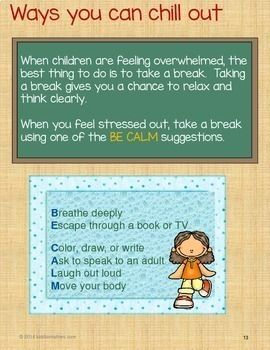Stress is a natural part of everyday life.
Students' stress is highly connected with their daily routine at school, at home and within their community.
Helping your students to cope with stress may improve students’ concentration and enhance overall academic performance during your lesson.
In this topic I invite you to explore existing activities and teaching instruments to reduce stress in the classroom

What do you use and what is really working?
 Hello everyone, there is already a great list of stress-management techniques.
Hello everyone, there is already a great list of stress-management techniques.

